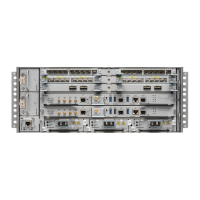Figure 17: Remove a Bale-Clasp Latch SFP Module
4. Grasp the SFP module between your thumb and index finger, and carefully remove it from the module
slot.
5. For fiber-optic SFP modules, insert a dust plug into the optical ports of the SFP module to keep the optical
interfaces clean.
6. Place the removed SFP module in an antistatic bag or other protective environment.
Connect to the 10/100/1000 Ports
The router 10/100/1000 ports configure themselves to operate at the speed of attached devices. If the attached
ports do not support autonegotiation, you can explicitly set the speed and duplex parameters. Connecting
devices that do not autonegotiate or that have their speed and duplex parameters manually set can reduce
performance or result in no linkage.
Note
To maximize performance, choose one of these methods for configuring the Ethernet ports:
• Let the ports autonegotiate both speed and duplex.
• Set the port speed and duplex parameters on both ends of the connection.
1. When connecting to workstations, servers, and routers, connect a straight-through cable to an RJ-45
connector on the front panel.When connecting to routers or repeaters, use a crossover cable.
2. Connect the other end of the cable to an RJ-45 connector on the other device. The port LED turns on when
both the router and the connected device have established link.
If the port LED turns Yellow, the device at the other end might not be turned on, or there might be a cable
problem or a problem with the adapter installed in the attached device.
Cisco Network Convergence System 540 Passive Cooled Small Density Routers Hardware Installation Guide
36
Install the Cisco N540-6Z14S-SYS-D Routers
Connect to the 10/100/1000 Ports

